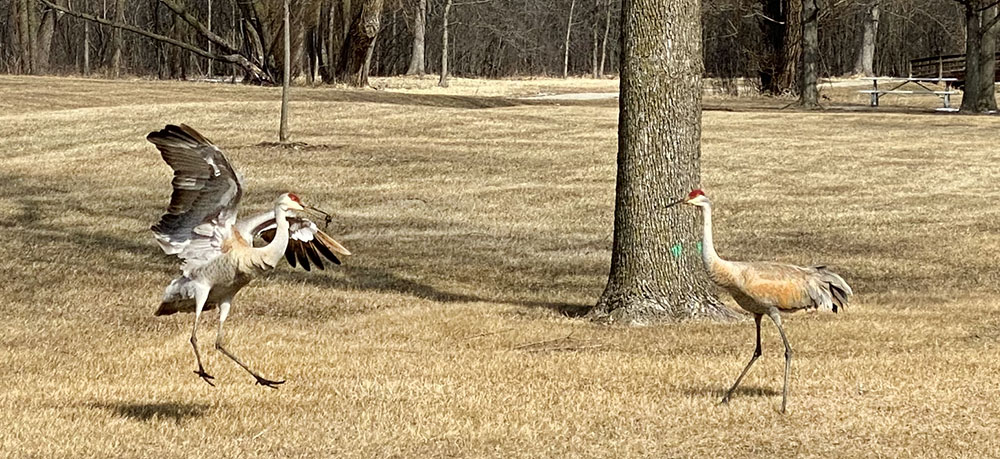
Wildlife watching leads the way in outdoor activities
December 5, 2023 | Topics: Stories
By Paul Smith, Outdoors Editor – Milwaukee Journal Sentinel
Photography and introduction by Eddee Daniel
Introduction
I must admit that I rarely seek out wildlife in my outdoor wanderings. Therefore, my encounters are largely a matter of serendipity, of being in the right place at the right moment. An example is the photo of the sandhill cranes engaged in a mating dance (above). I’d never been to Alt Bauer Park in Germantown before; just happened to go with my grandkids because it has a playground. After we’d played around for a while, the cranes swooped into the park. That was exciting enough at first … but then they began dancing!
I was immediately inspired, when I read the story by Paul Smith in the Milwaukee Journal Sentinel that is excerpted below, to create a blog post with a selection of my own encounters with wildlife. It was no surprise to me that wildlife watching is as popular as his story reveals it to be.
I consider wildlife sightings gifts of nature—and a testament to the importance of protecting wildlife habitats in parks and preserves within our local communities. In truth, this story isn’t as much about wildlife itself as it is about our human need to be connected to wildlife—and nature in general.
I’ve selected the images to illustrate both a diversity of species and to highlight the variety of places in southeastern Wisconsin that are available for viewing wildlife. I share brief stories of the encounters in the accompanying captions, along with links in some cases to longer accounts that have appeared in The Natural Realm and elsewhere (some contributed by other people). I thank Paul Smith for allowing me to reprint this excerpt from his story.
~ Eddee Daniel
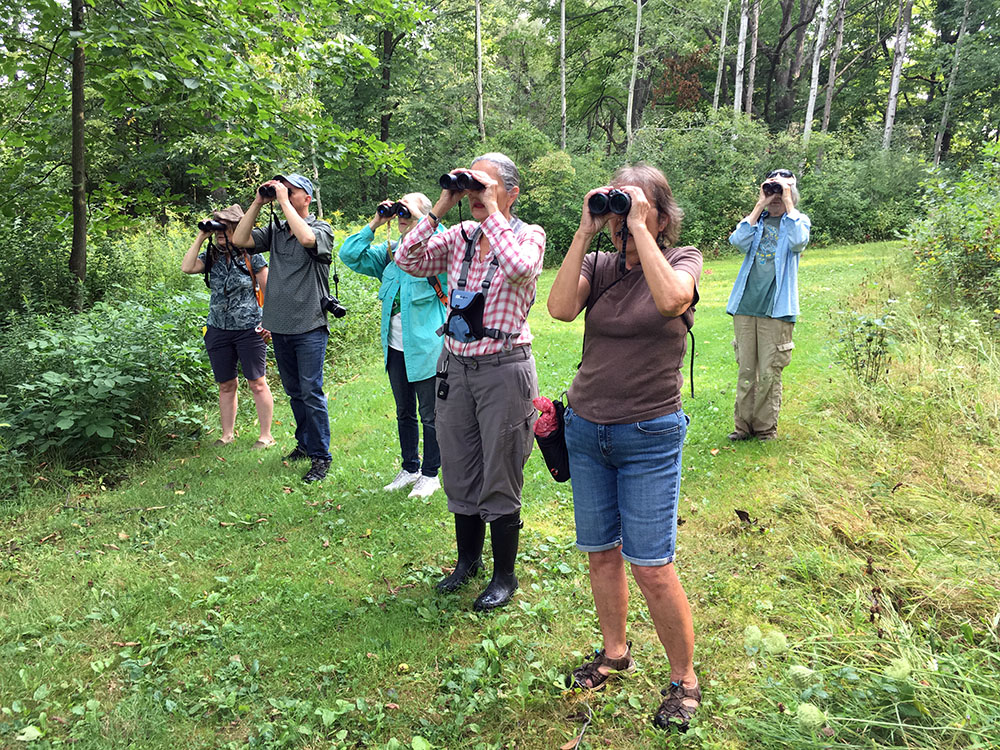
Wildlife watching leads the way in USFWS national survey of outdoor activities
By Paul Smith
The most recent U.S. Fish and Wildlife Survey found 148 million Americans watched wildlife, 40 million fished and 14 million hunted. The survey is conducted every five years to gauge participation.
How big is outdoor recreation in the U.S.?
Every five years the U.S. Fish and Wildlife Service (USFWS) conducts a survey to help gauge outdoor activity in the nation. The latest data was recently released in the 2022 National Survey of Fishing, Hunting, and Wildlife-Associated Recreation. Last year Americans over the age of 16 took 1.7 billion trips for wildlife watching, fishing, boating, target shooting and hunting and spent an estimated $394 billion on equipment, travel, licenses, and fees.
The report was issued by the USFWS and the Association of Fish and Wildlife Agencies.
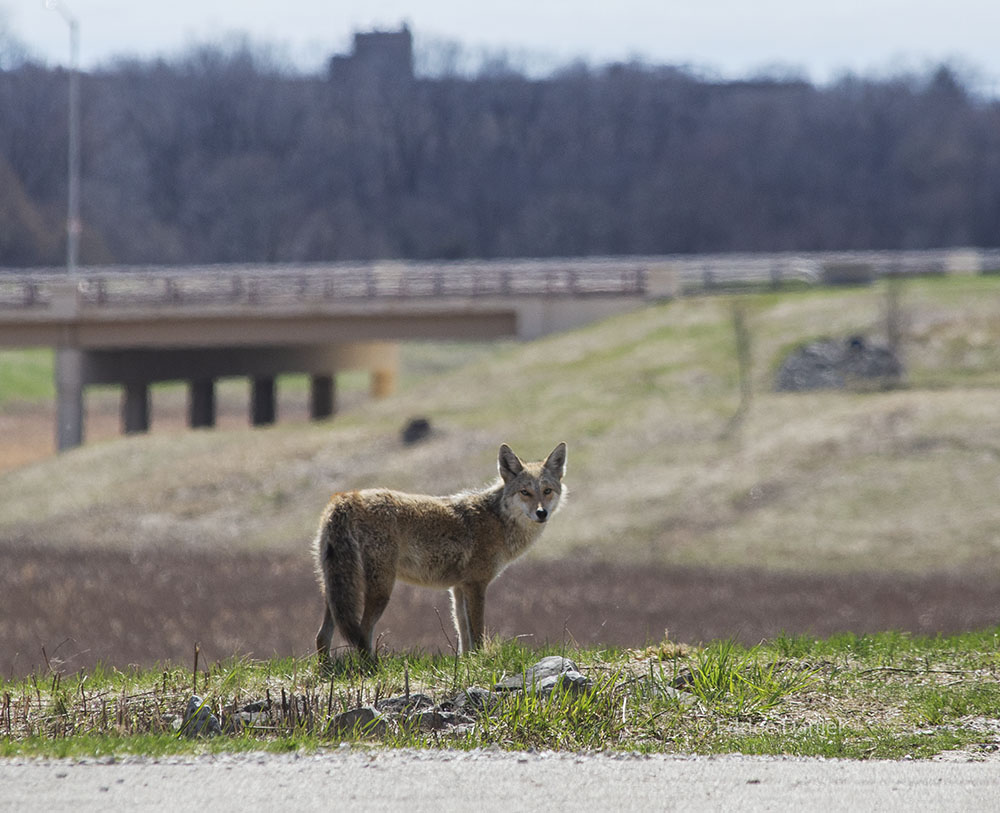
“Time spent in nature is an important part of the human experience and can provide lifelong memories, connections to others, healthy activities, and a sense of rest and healing,” said Martha Williams, USFWS director in a statement. “These numbers demonstrate how important our public lands and wild places are not just for the well-being of people who enjoy them, but as an economic engine that provides thousands of jobs and sustains businesses, economies and communities throughout the nation.”
The survey has been conducted periodically since 1955 and offers a snapshot of participation rates and economic impact of outdoor recreation in the U.S. Consistent with recent surveys, the 2022 work highlighted the popularity of wildlife watching. The survey found 148 million U.S. residents watched wildlife in 2022 while 40 million went fishing and 14.4 million hunted.
This means that roughly 57% of Americans 16 years of age or older participated in wildlife watching, 15% fished and 6% hunted last year, according to the USFWS.
And the trips equaled a combined total of 14 billion days spent in the field, on the water and around the home viewing wildlife, an all-time high.
(Read the full story here.)
Wildlife Encounters in the urban wilderness of southeast Wisconsin:
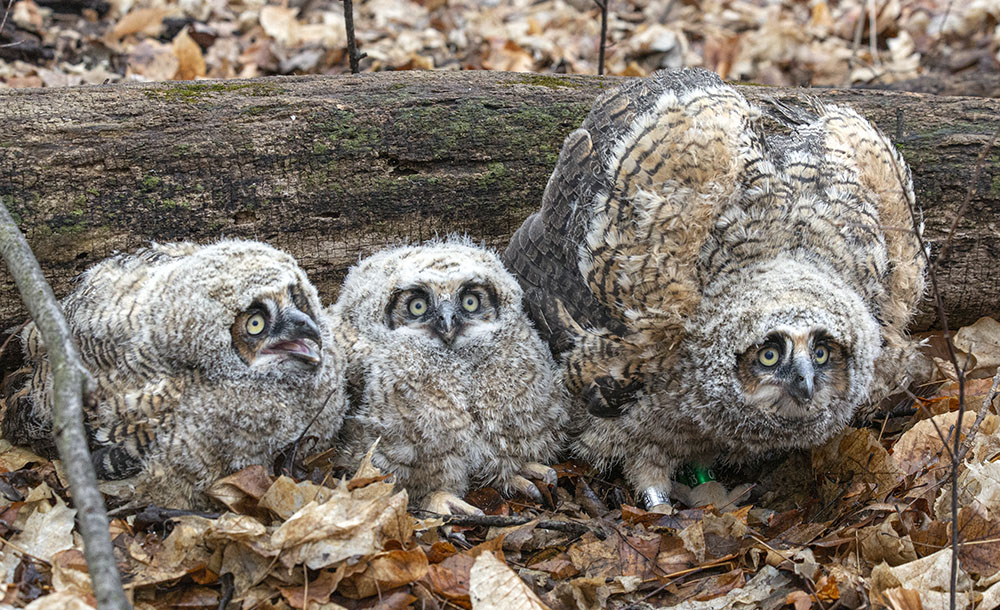
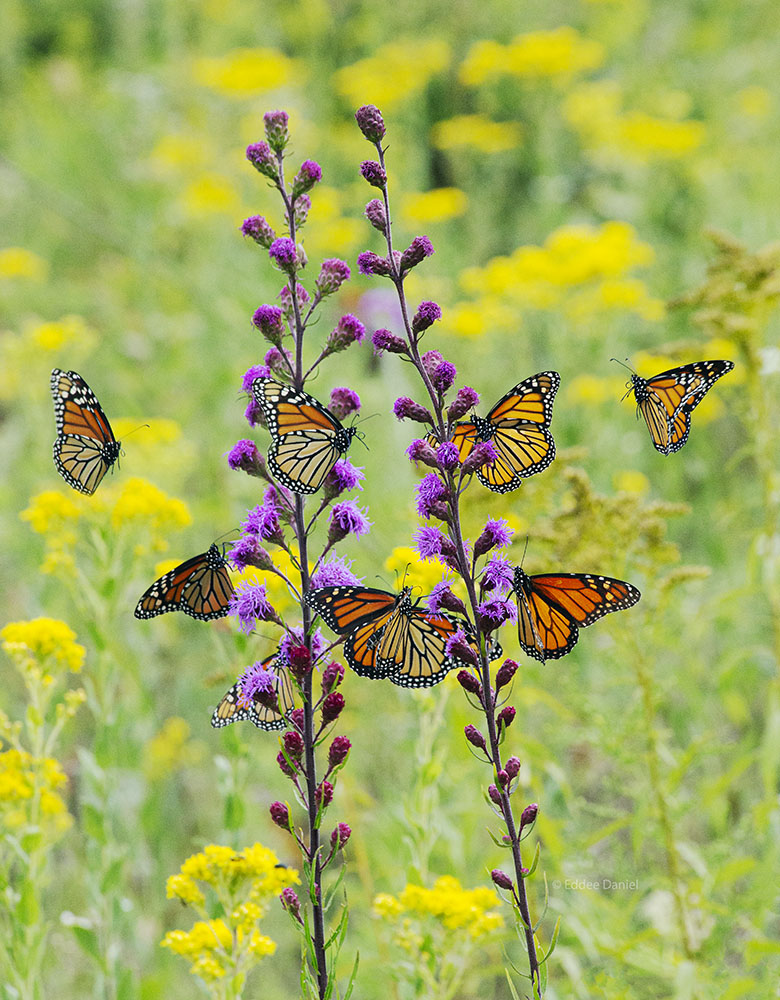

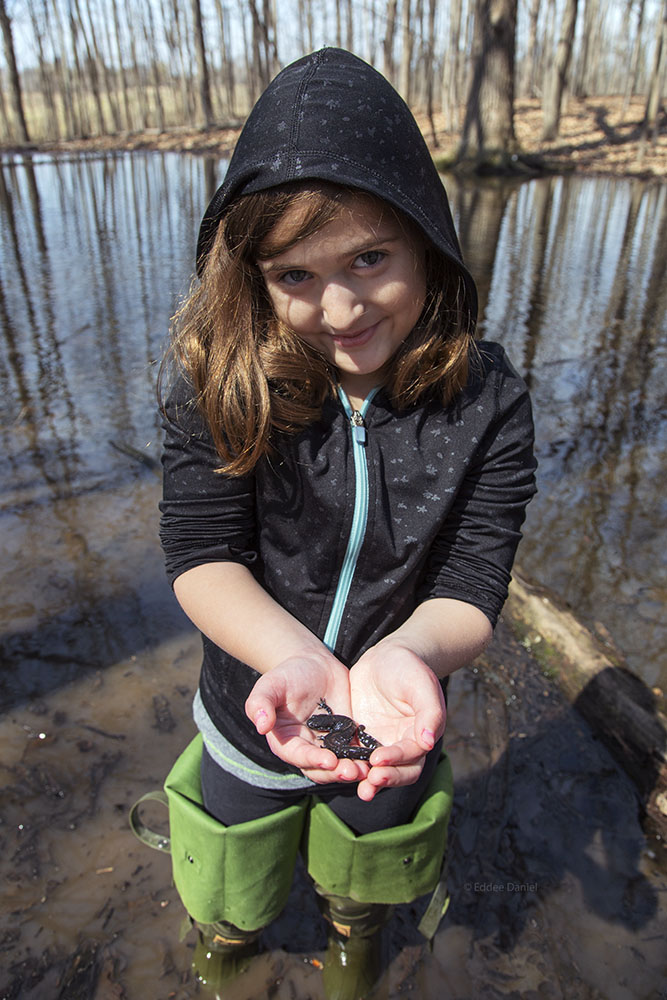
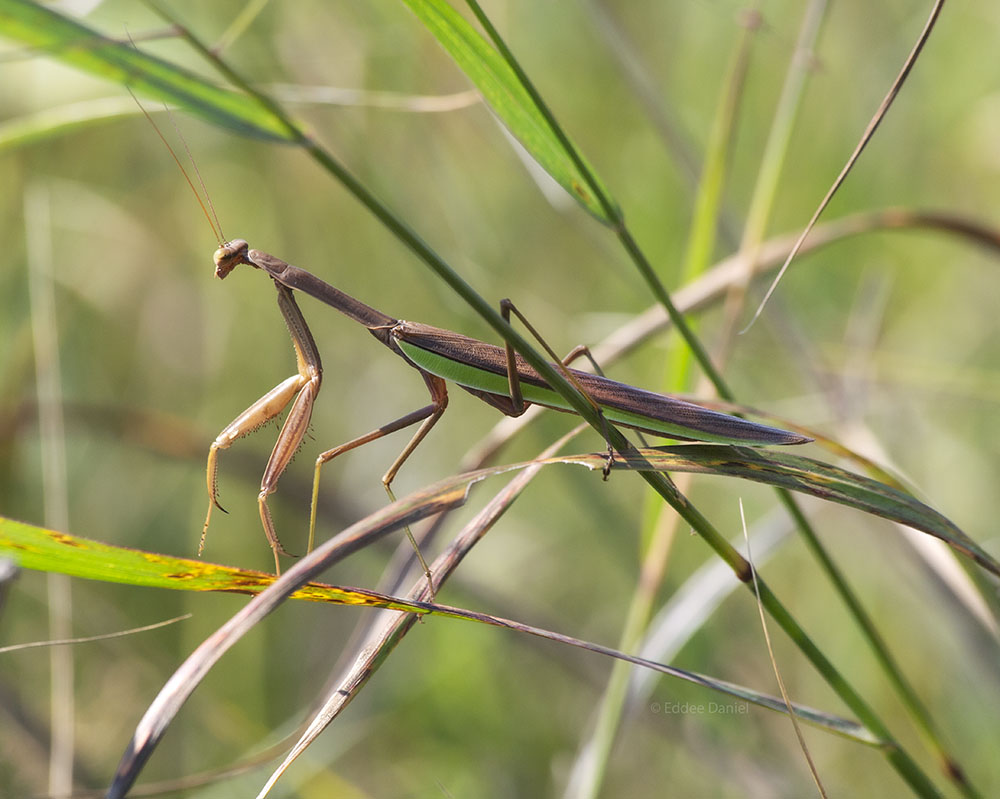

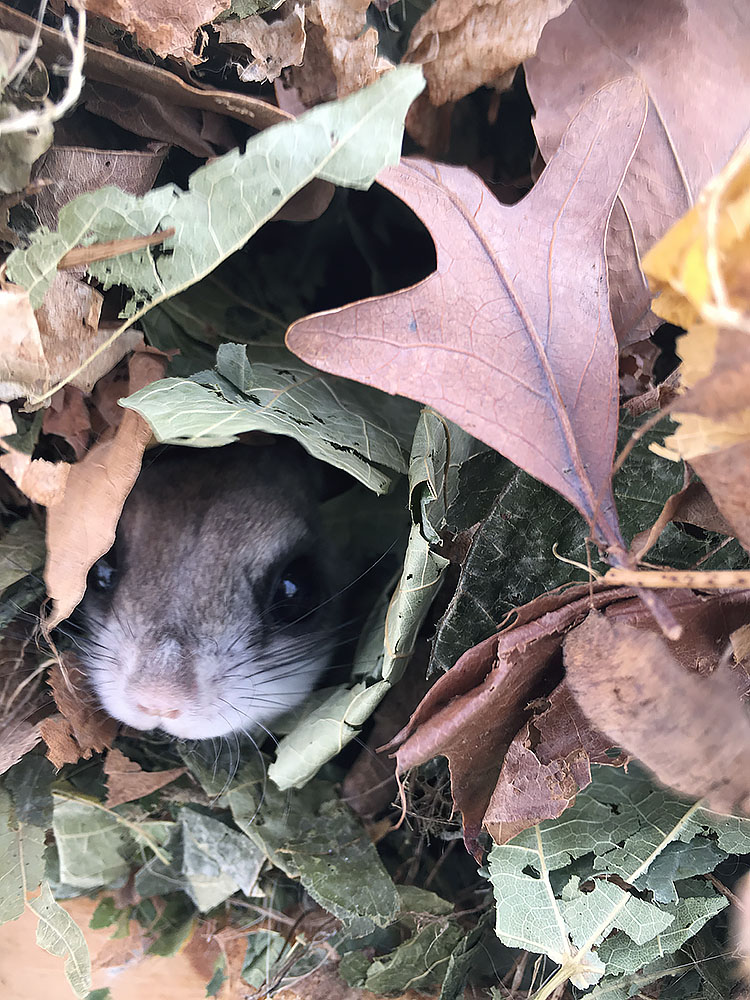
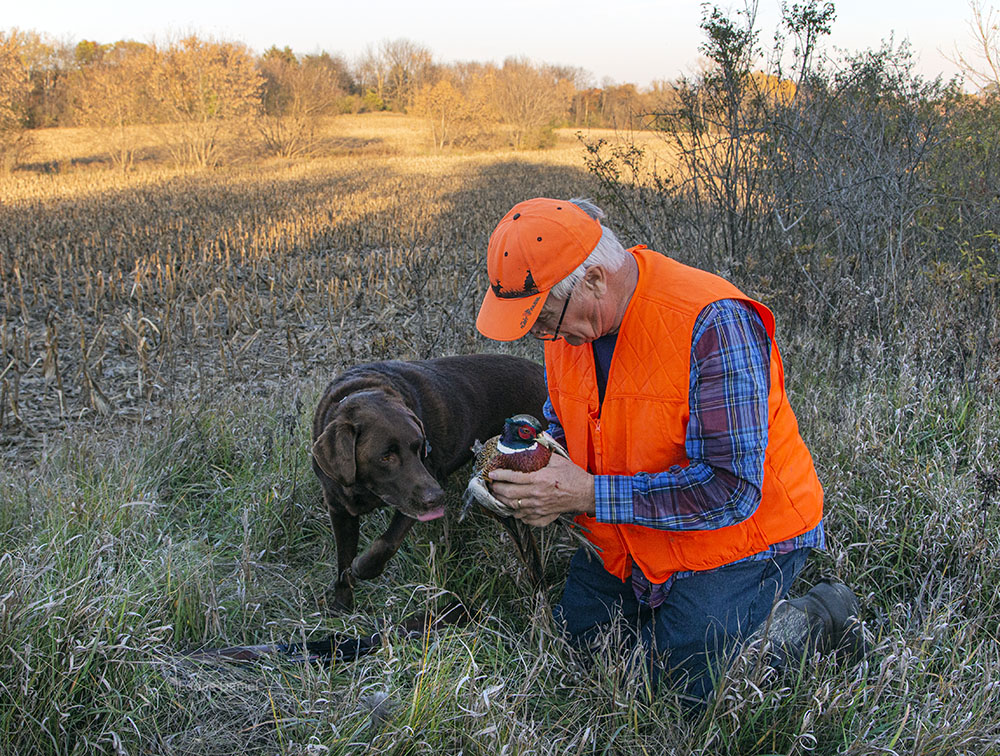

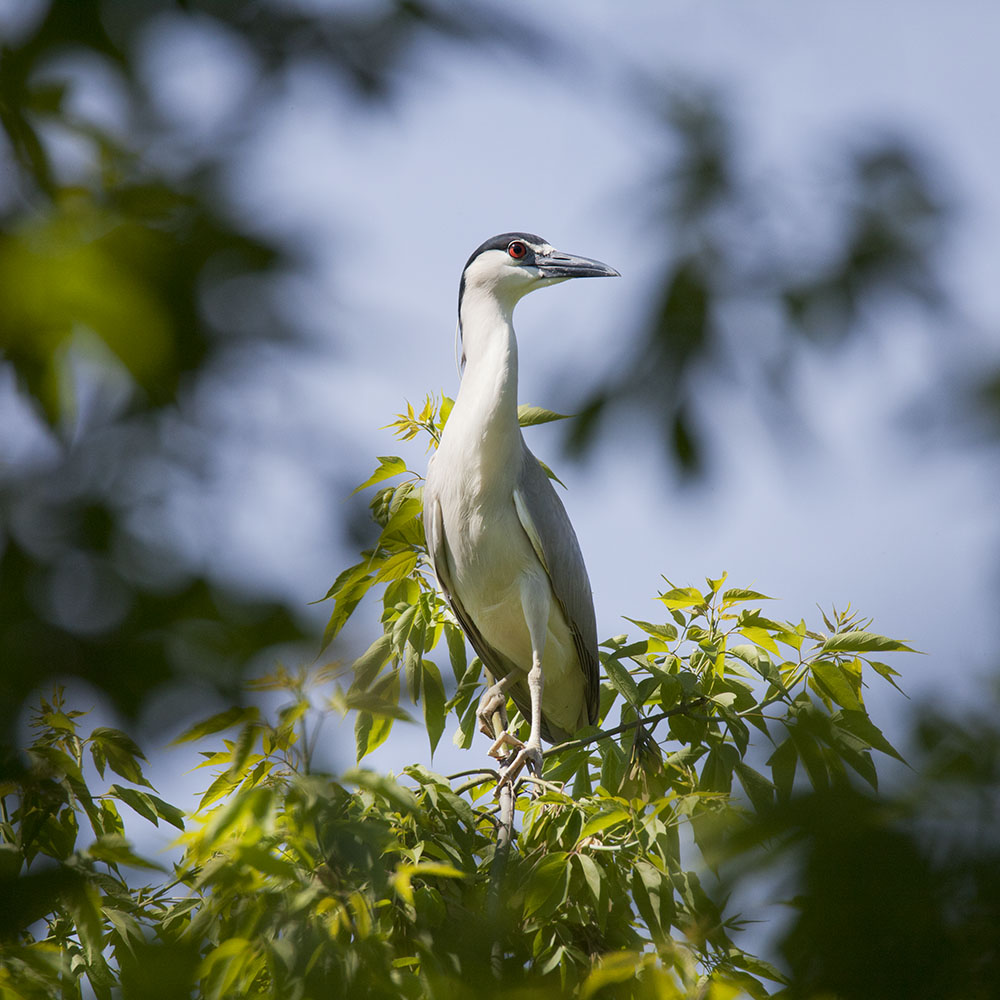

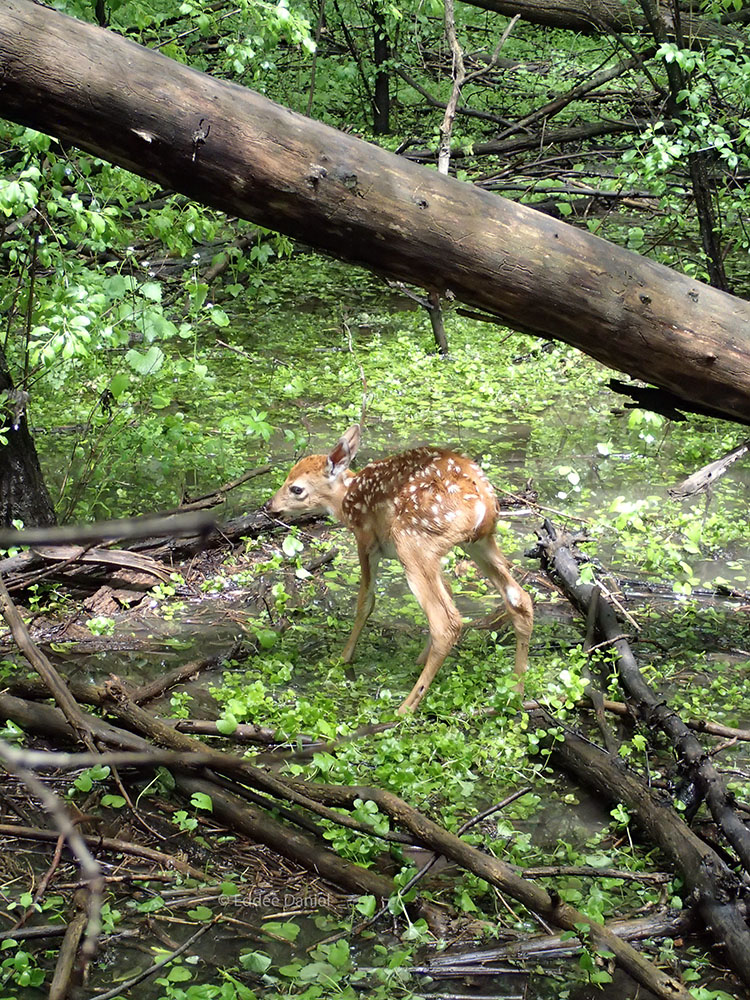
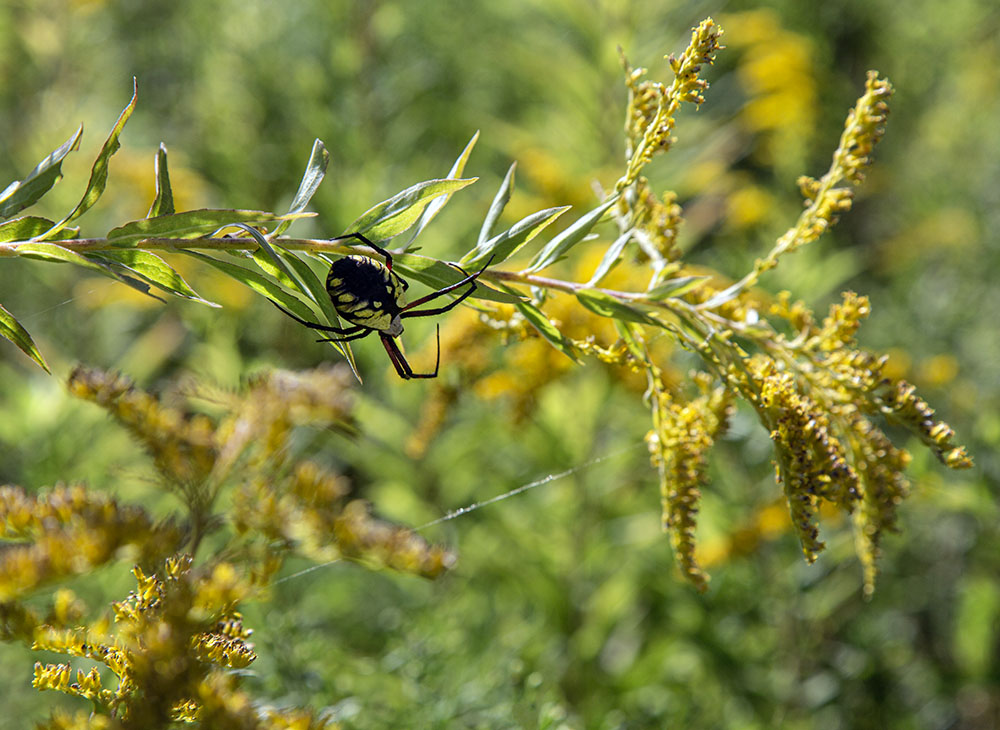
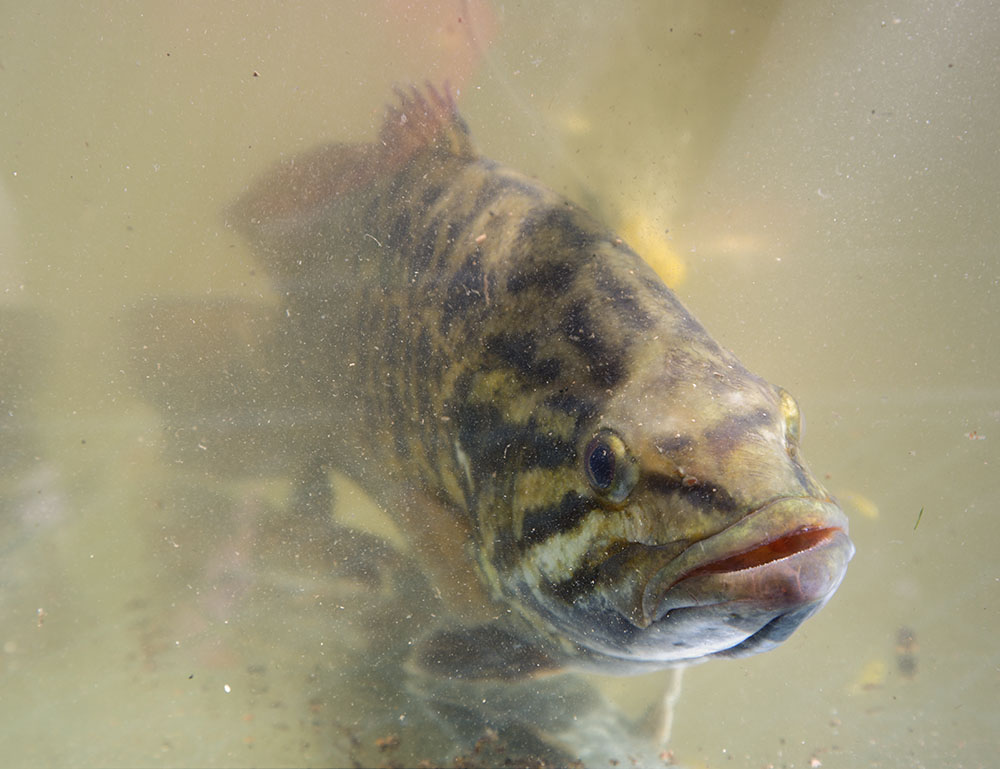
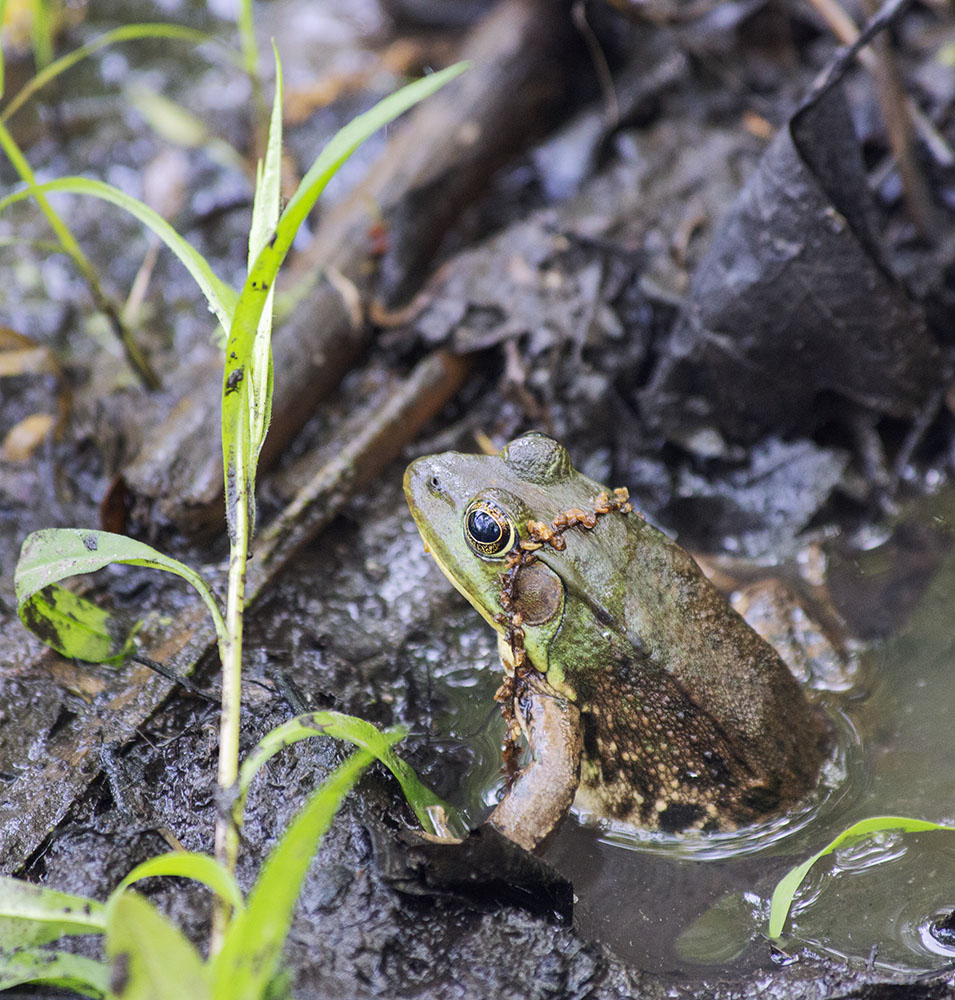
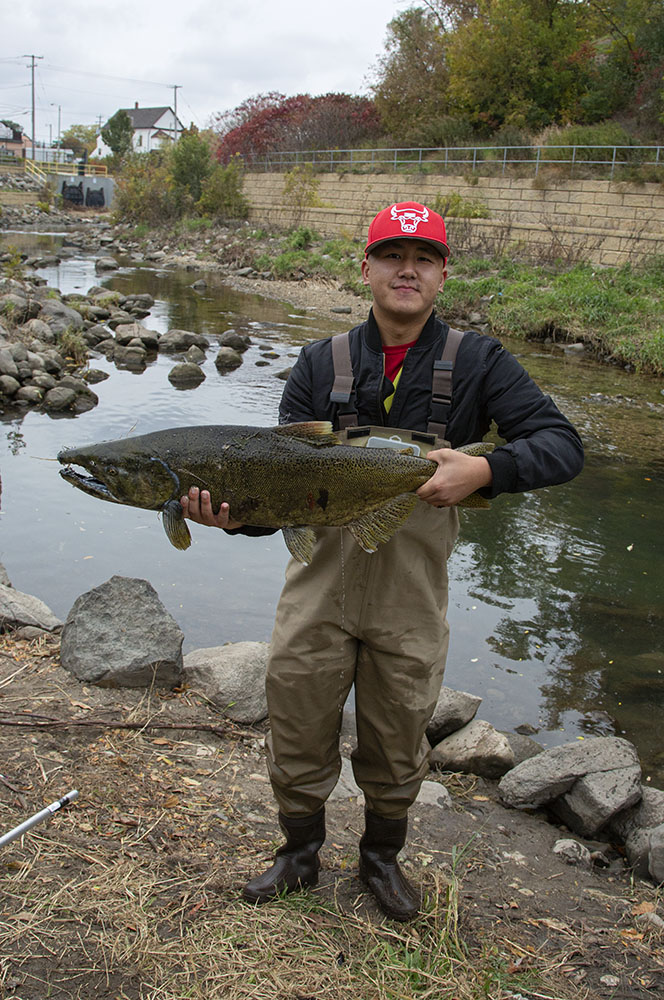
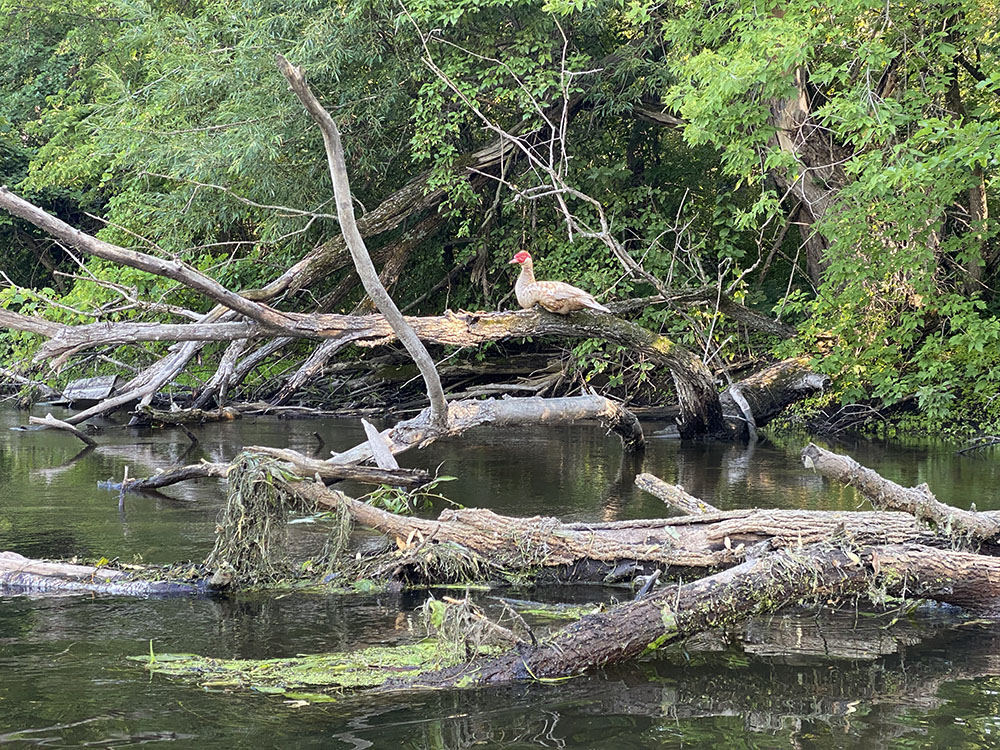

Related stories about wildlife:
Witnessing Owl Banding in the Wild!
Wetland Monitoring: Citizen scientists join in the fun!
The coyotes that share our urban environments
Close Encounters in a Suburban Enclave or Why Neighborhood Parks Matter
Hawk Watch at Forest Beach Migratory Preserve
Pollinator Bioblitz: How you can help save endangered pollinators!
Butterflies, Dragonflies and Damselflies at Cedarburg Bog
Snakes alive! Citizen Science snake surveys at Retzer Nature Center
The hawk in Jackson Park: A lesson learned.
Peregrine Falcons Revisited (Urban Wilderness – Milwaukee Magazine)
The Flying Squirrels of Milwaukee County (Urban Wilderness – Milwaukee Magazine)
Herons roost in Menomonee Valley (Urban Wilderness Blog)
Paul Smith is the Outdoors Editor at the Milwaukee Journal Sentinel. The story from which this piece was excerpted was published on Nov. 18, 2023. This excerpt was reprinted with permission from the author. Read the full story here.
Eddee Daniel is a board member of Preserve Our Parks.
One thought on "Wildlife watching leads the way in outdoor activities"
Comments are closed.


Excellent! Just a small sampling I’m sure. Thanks.